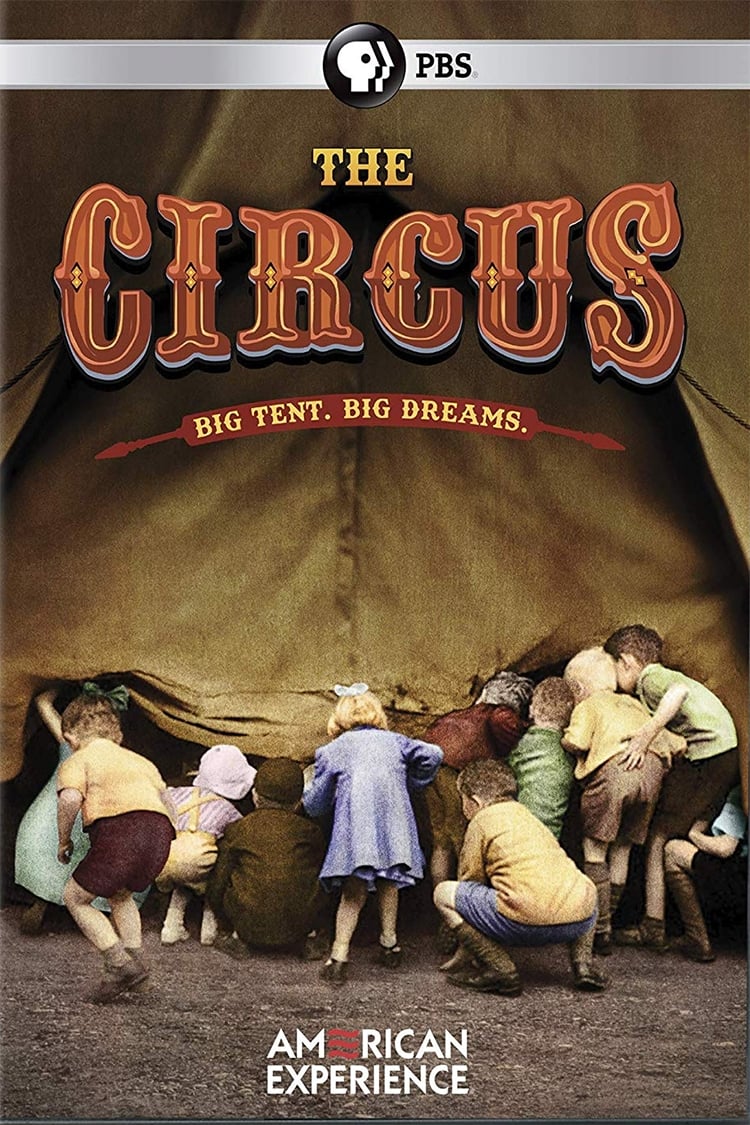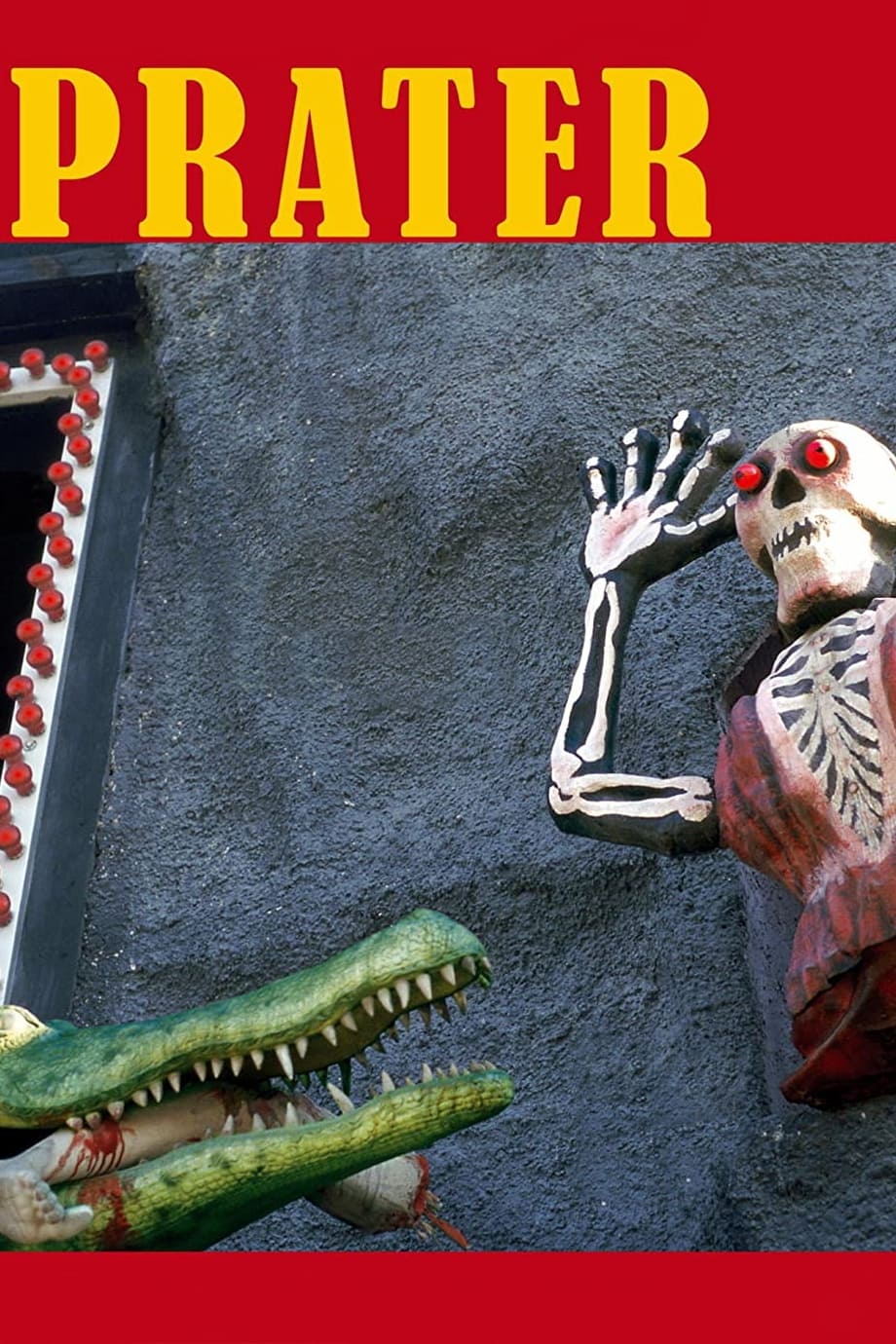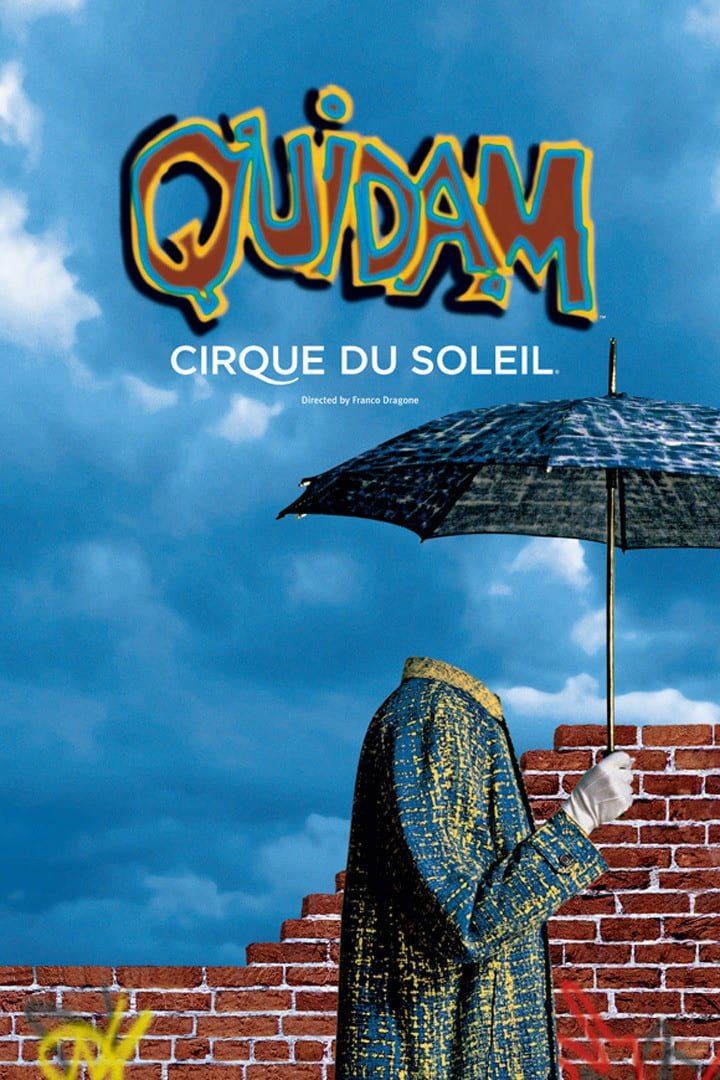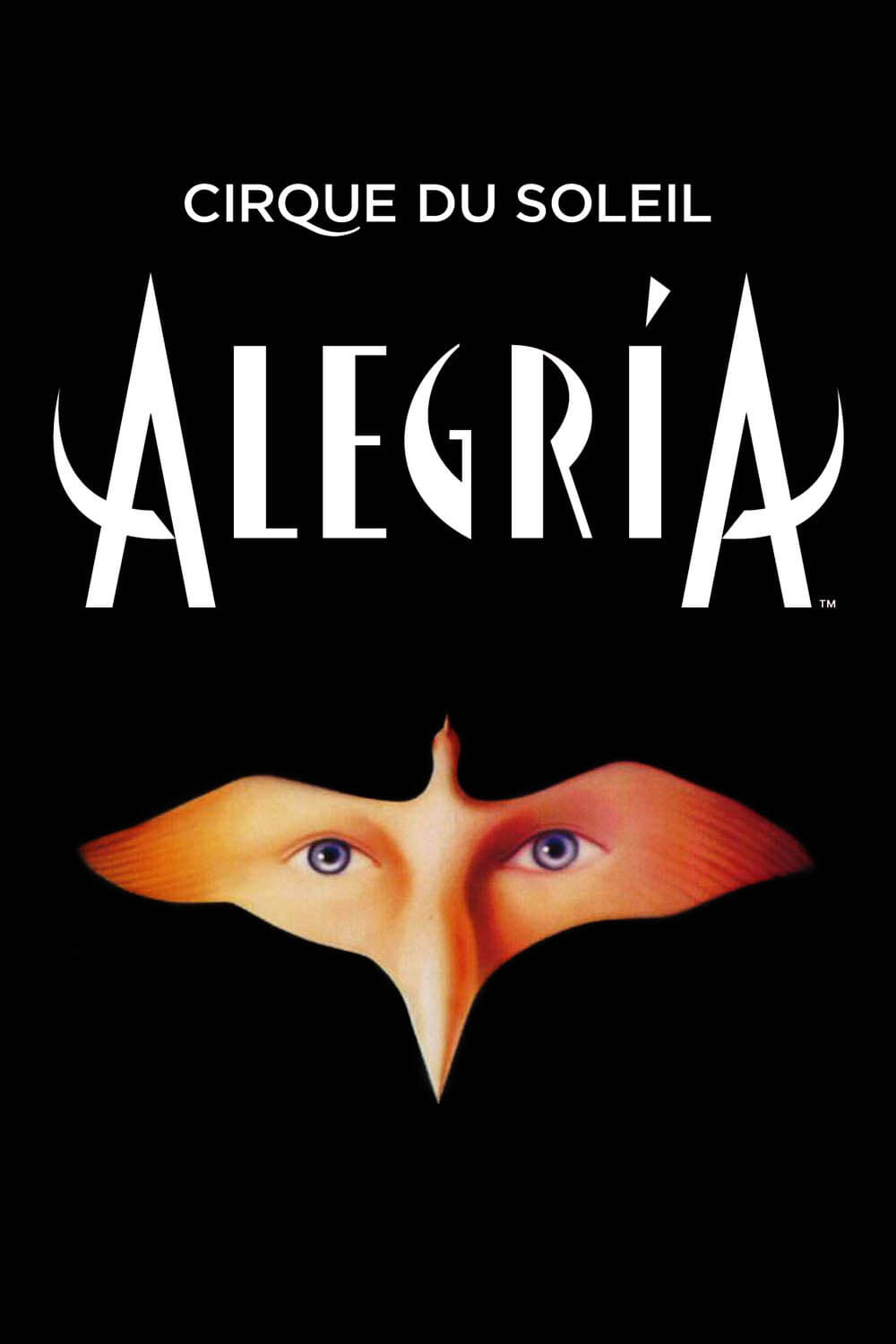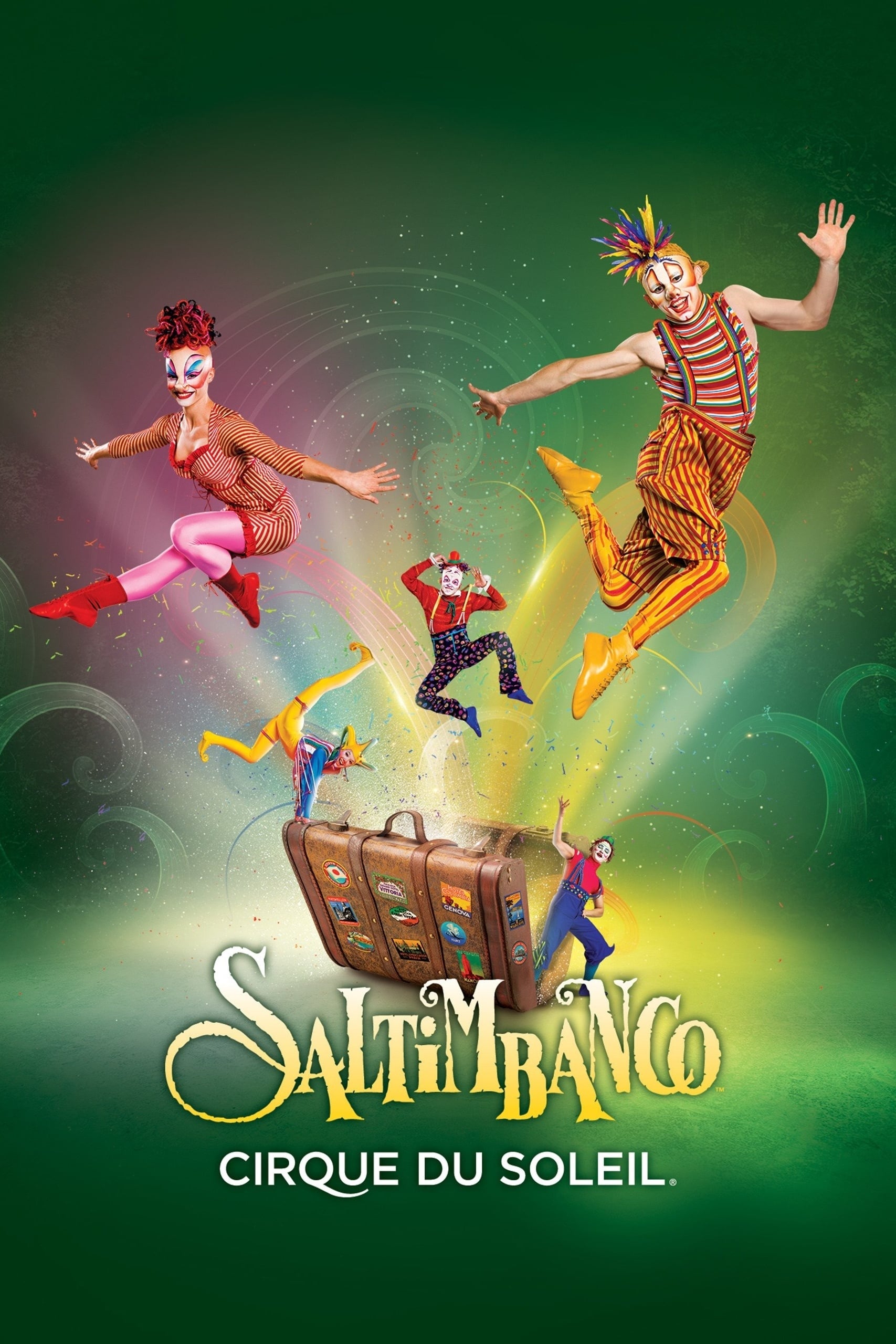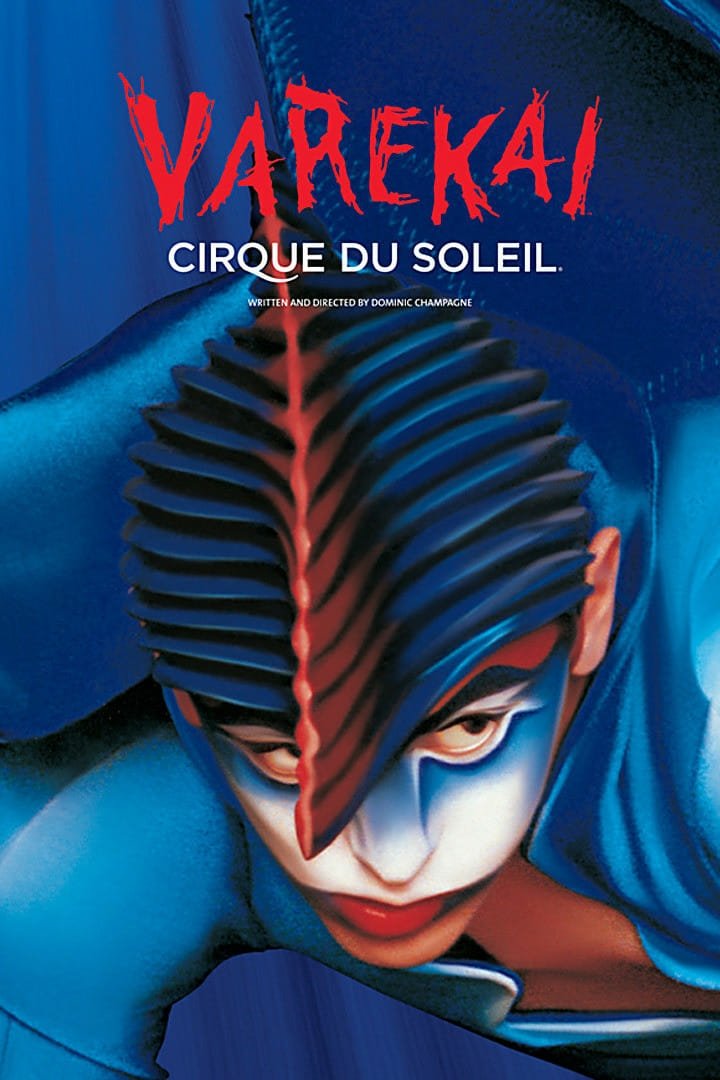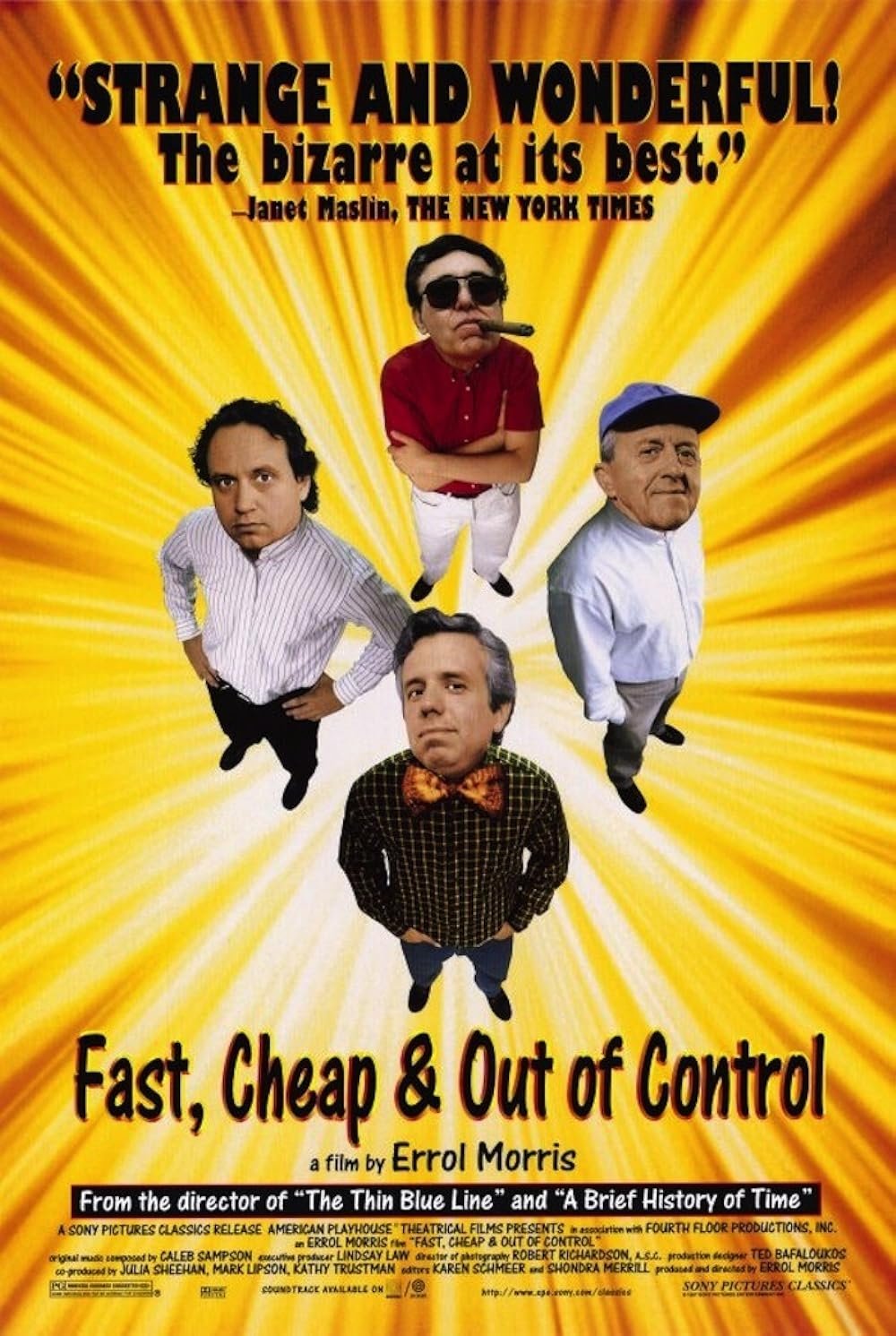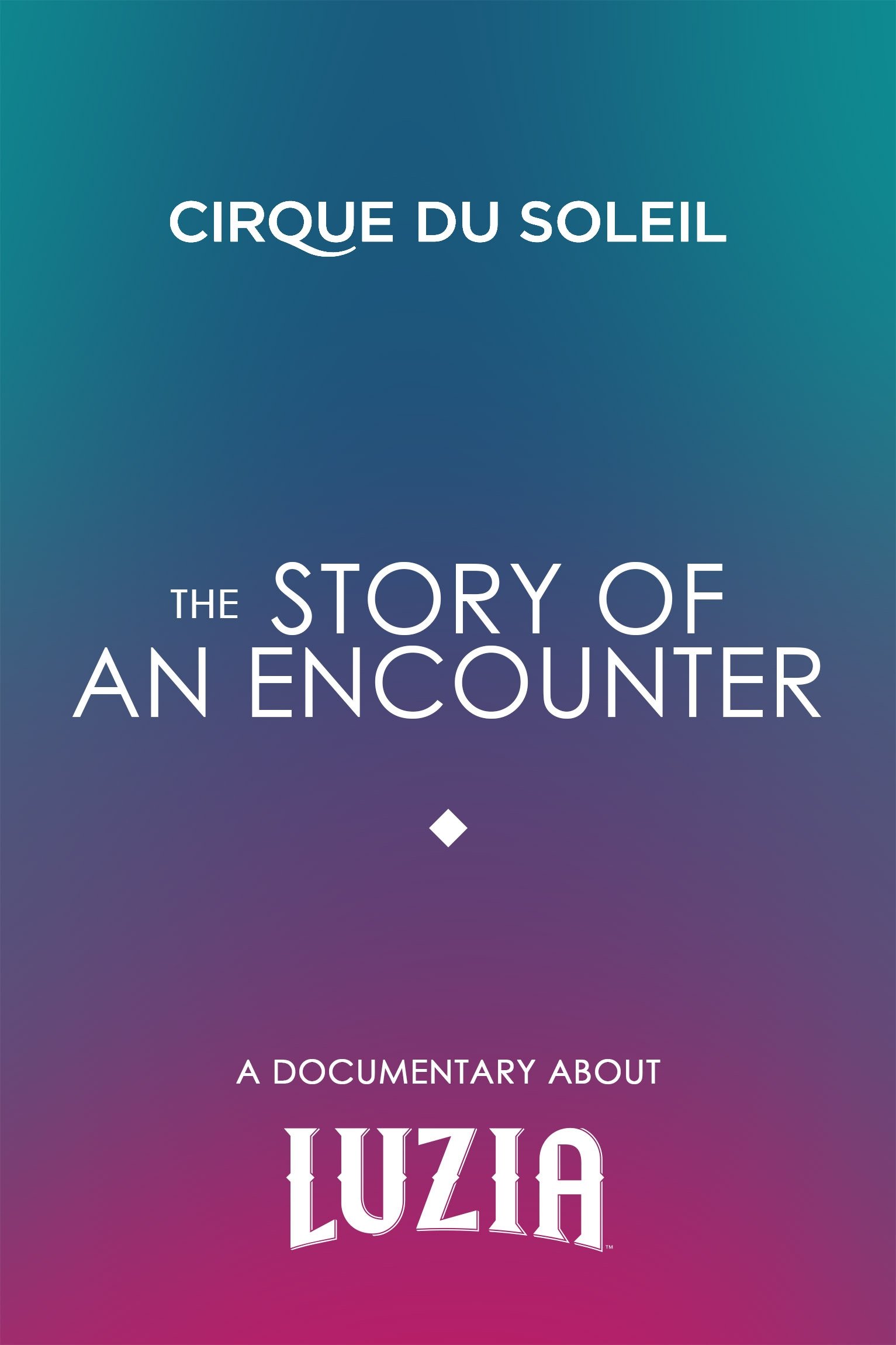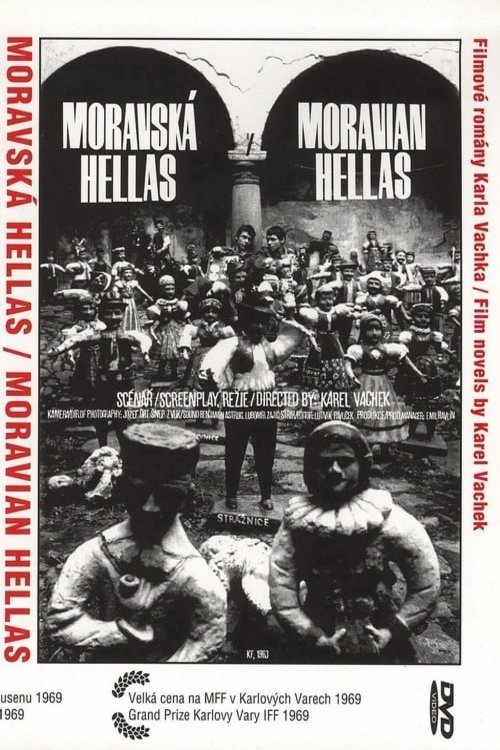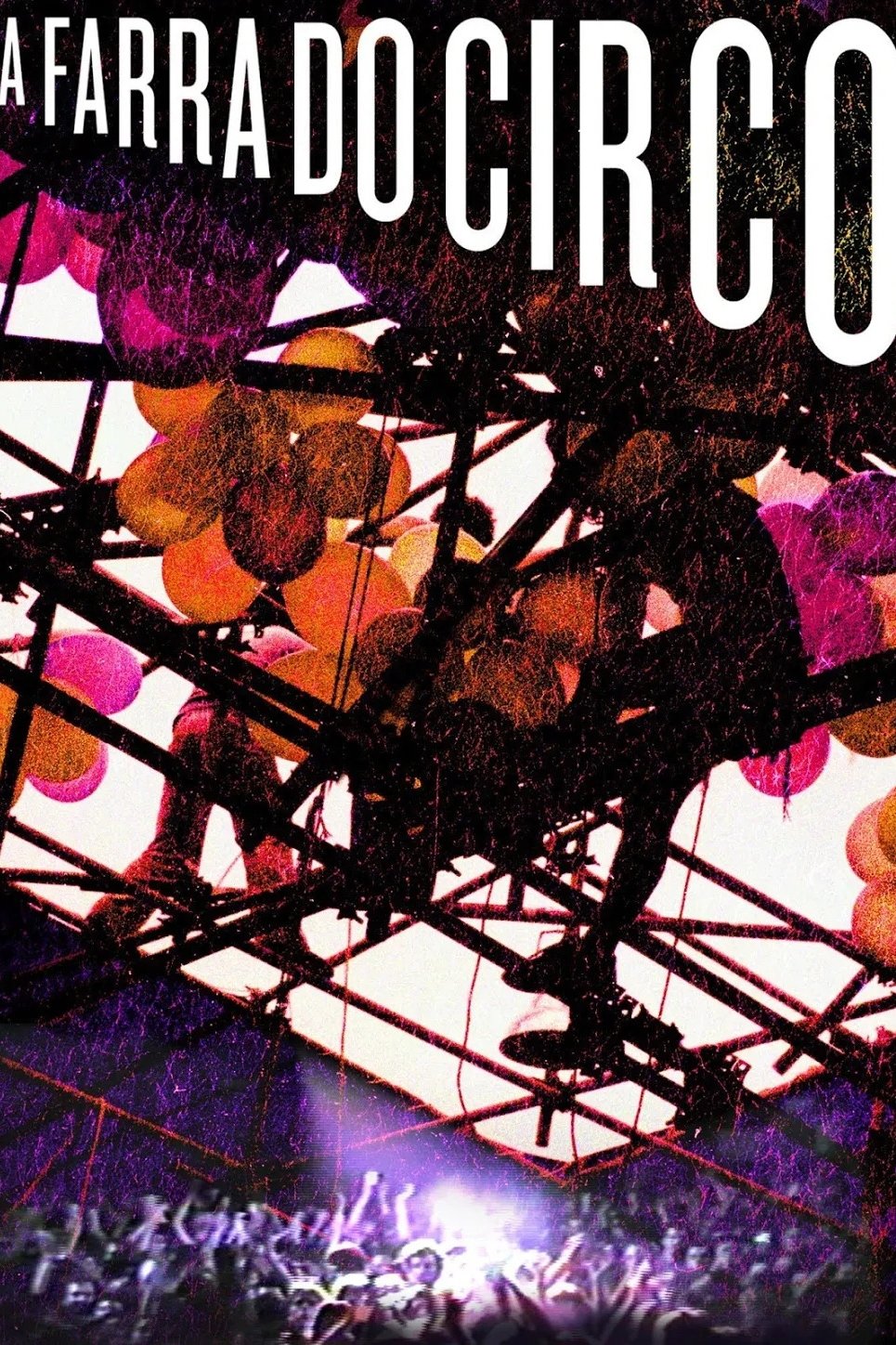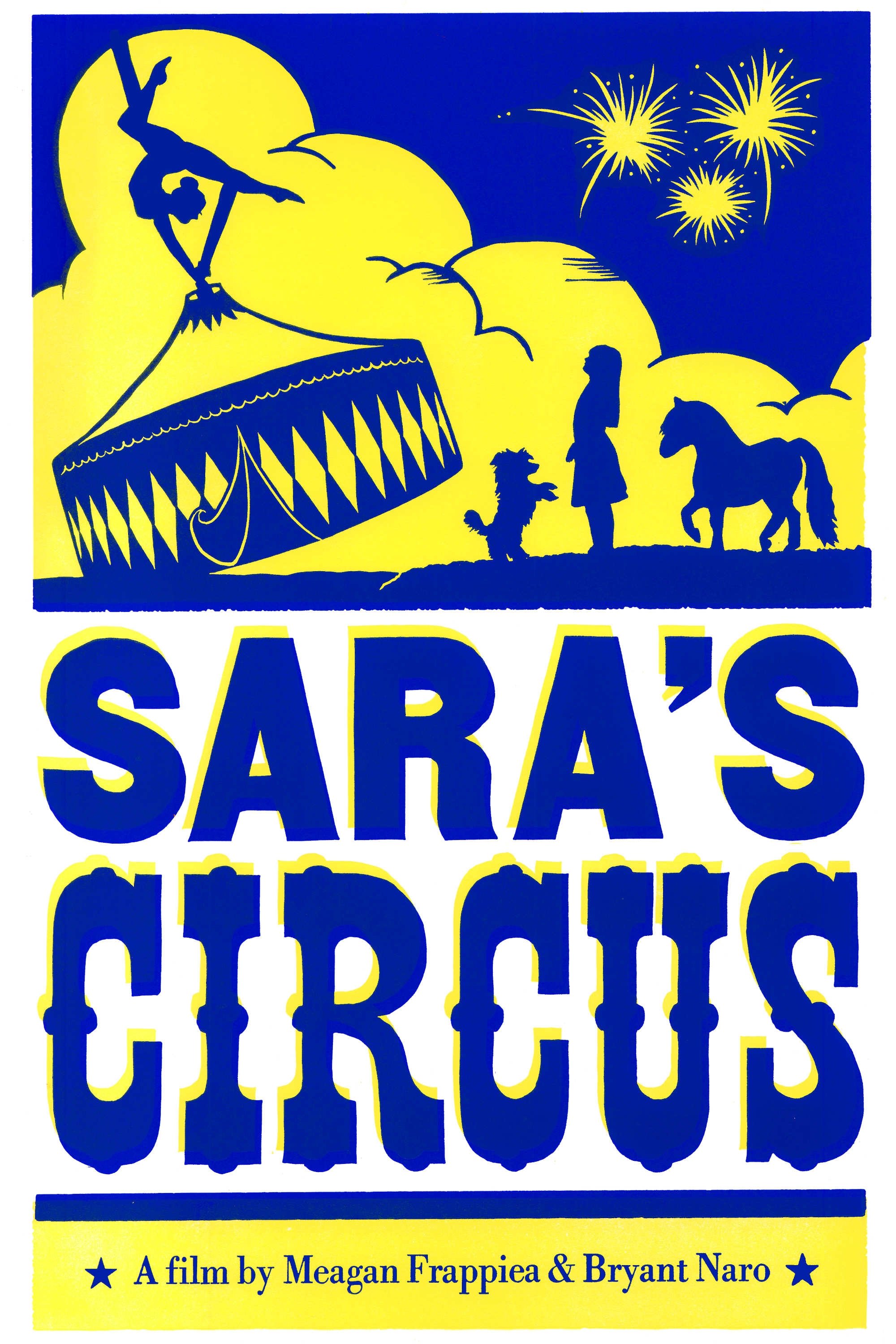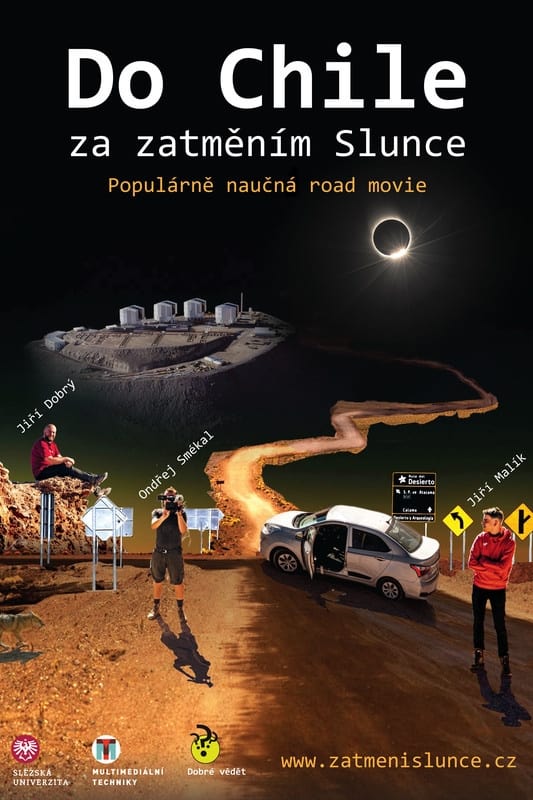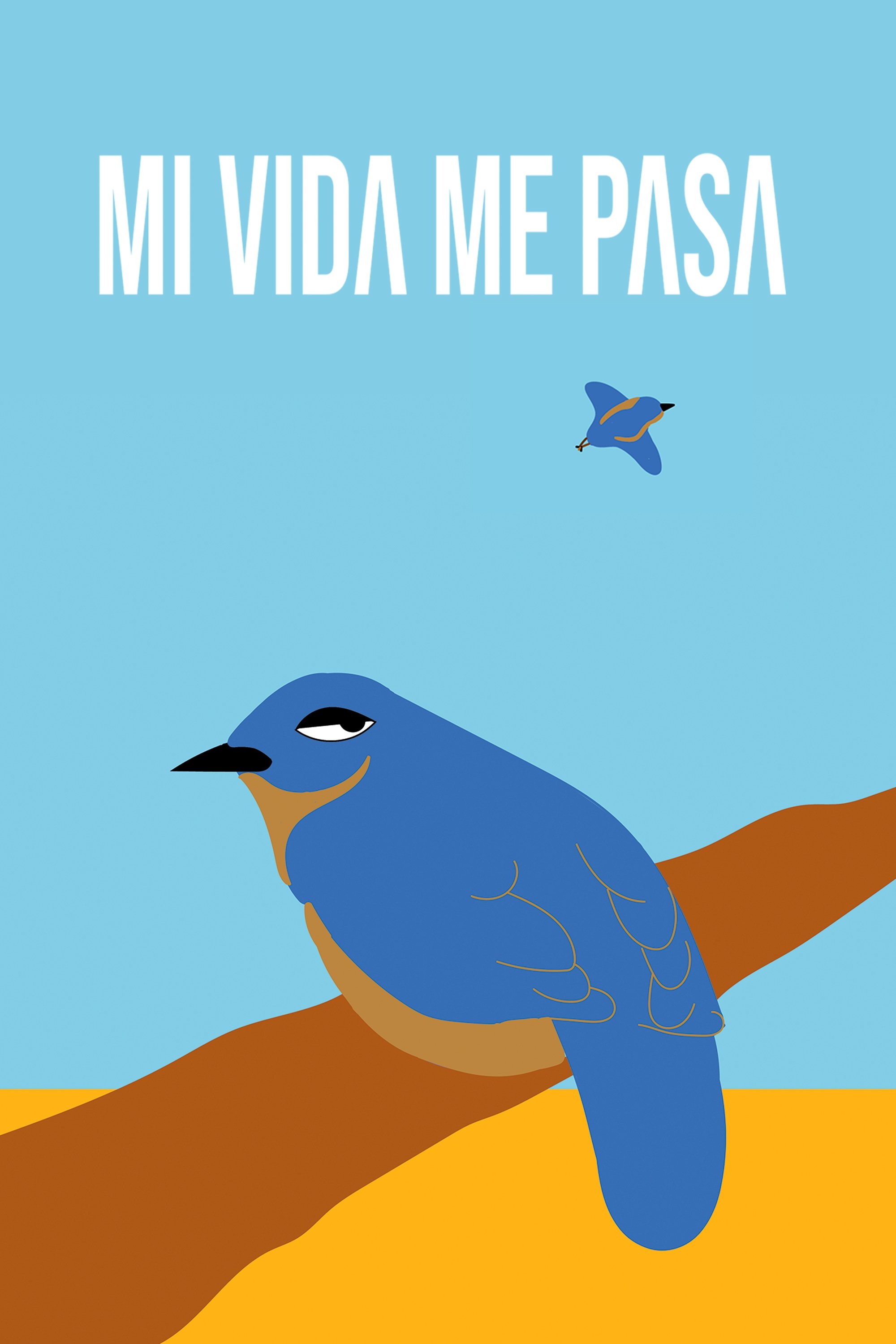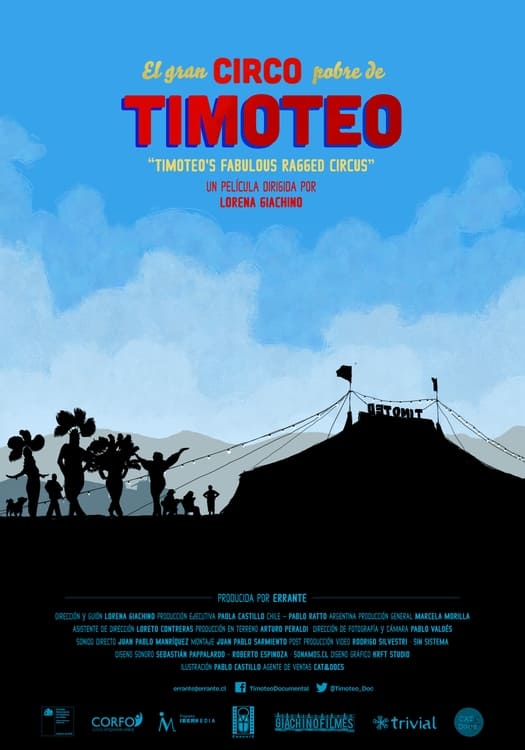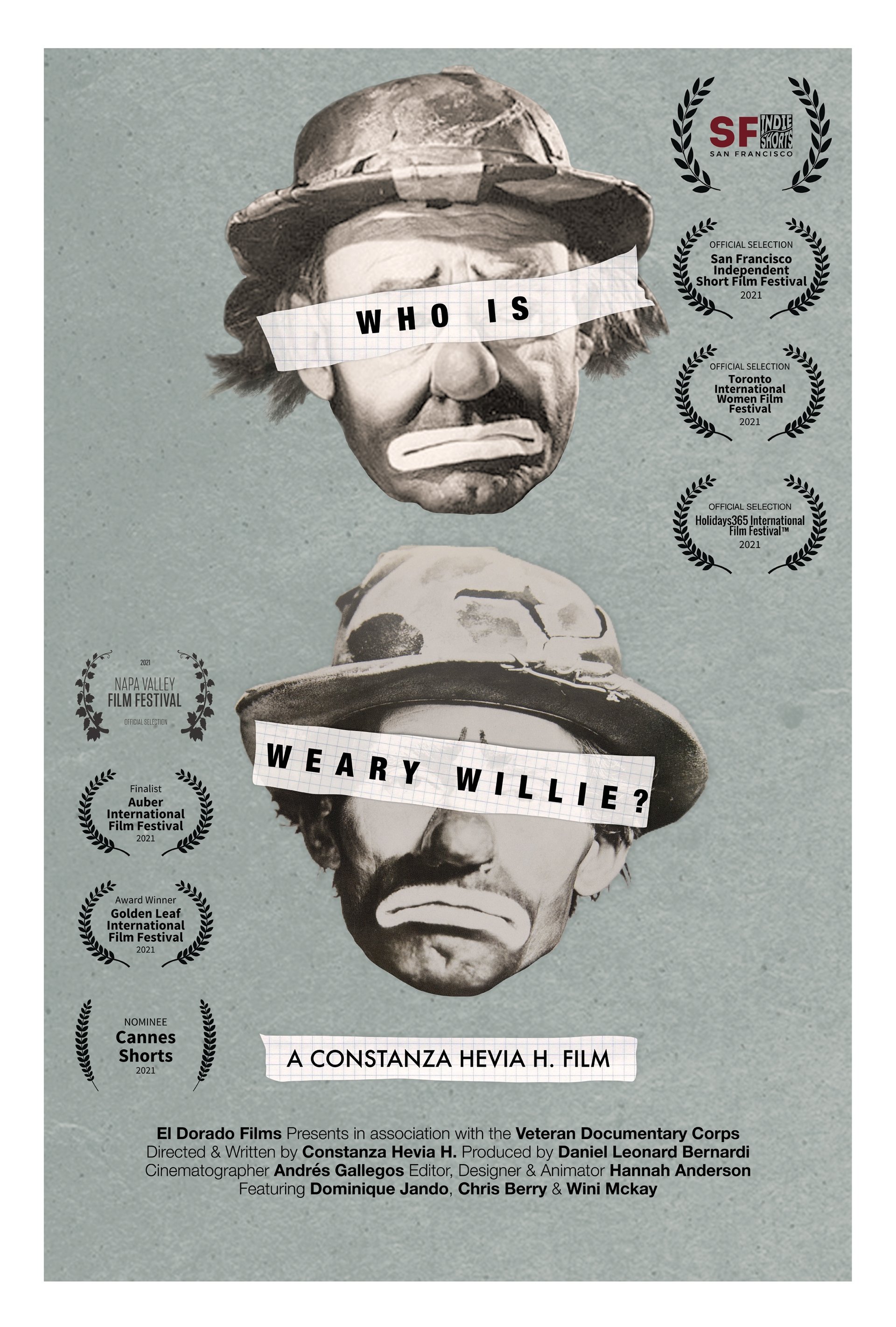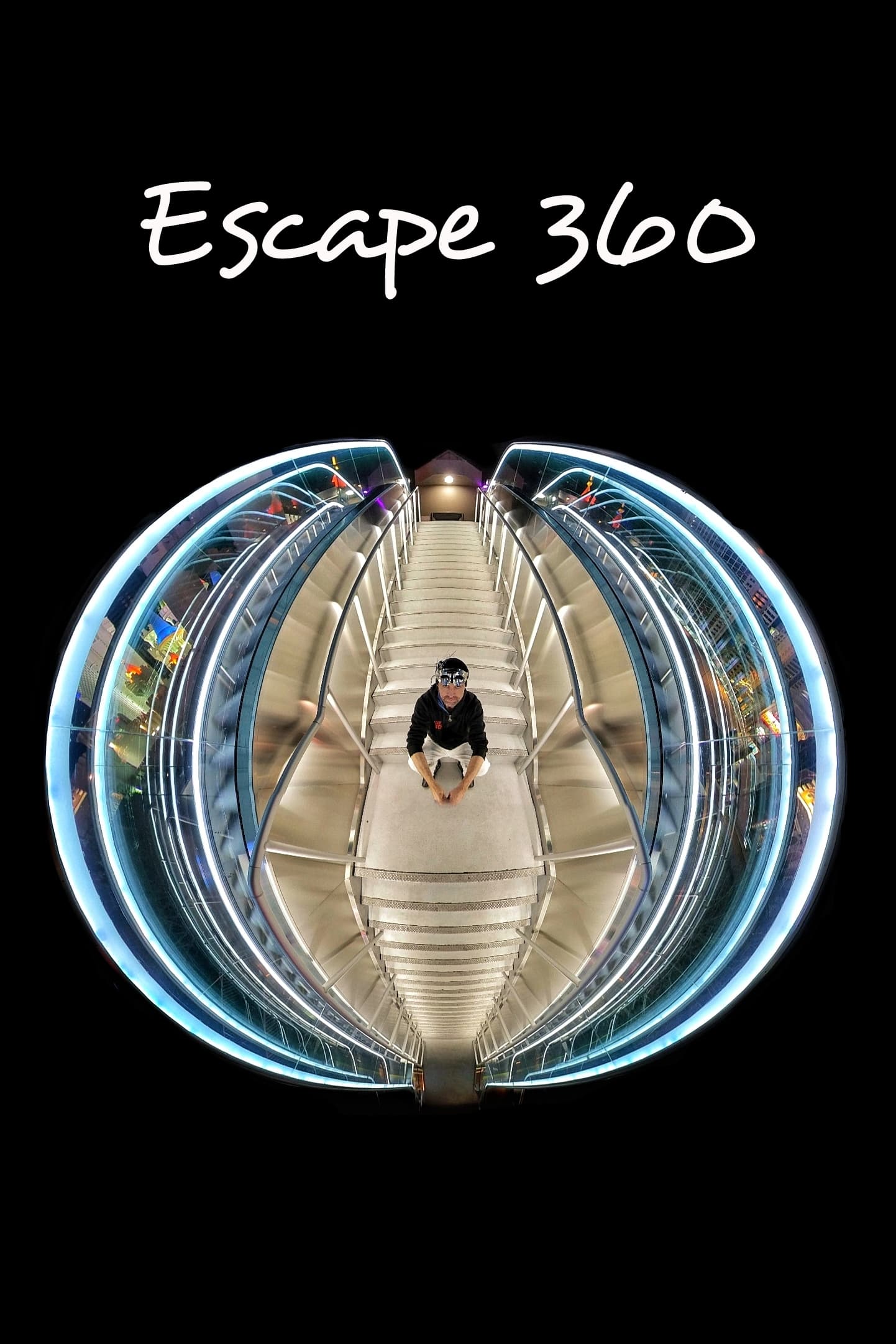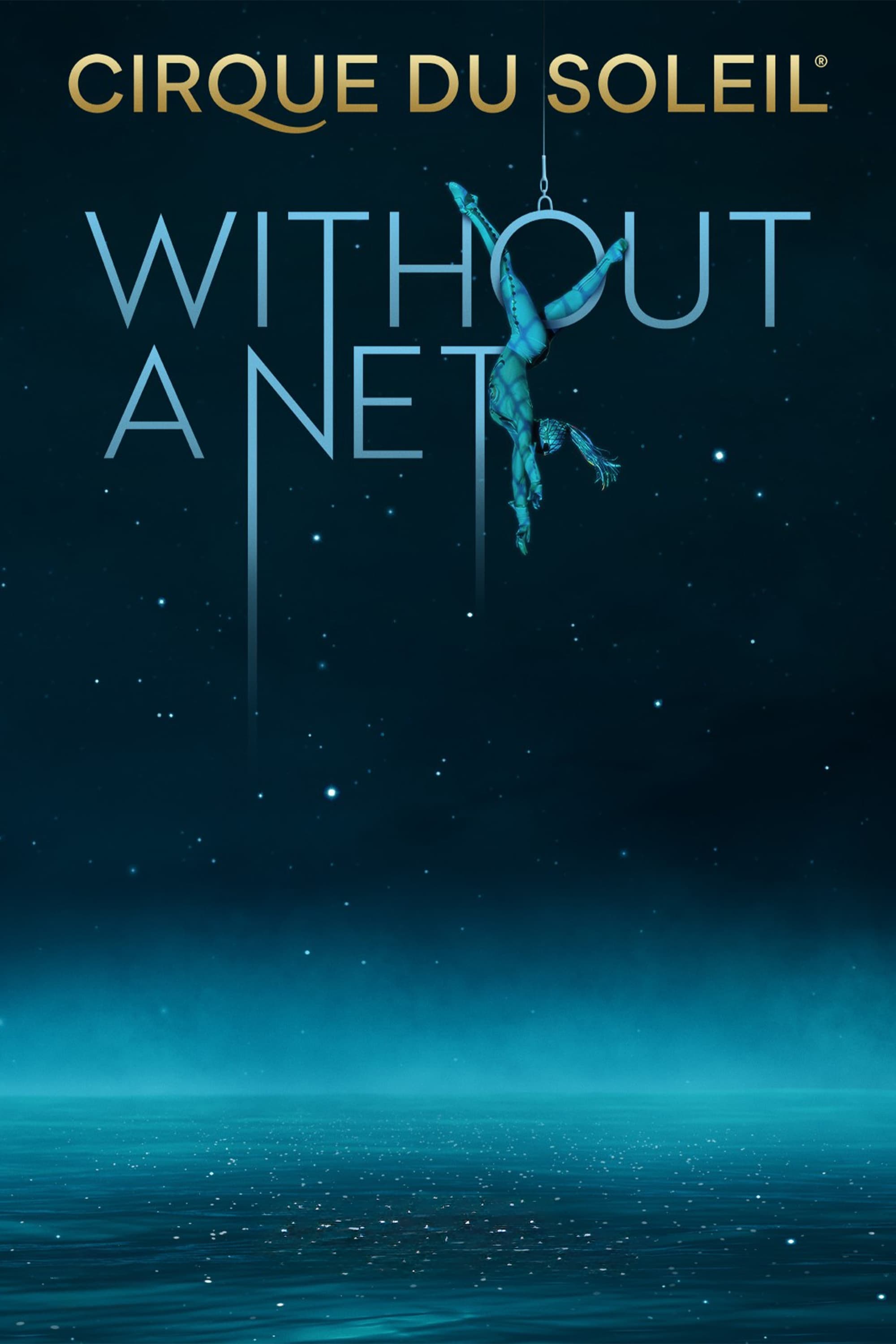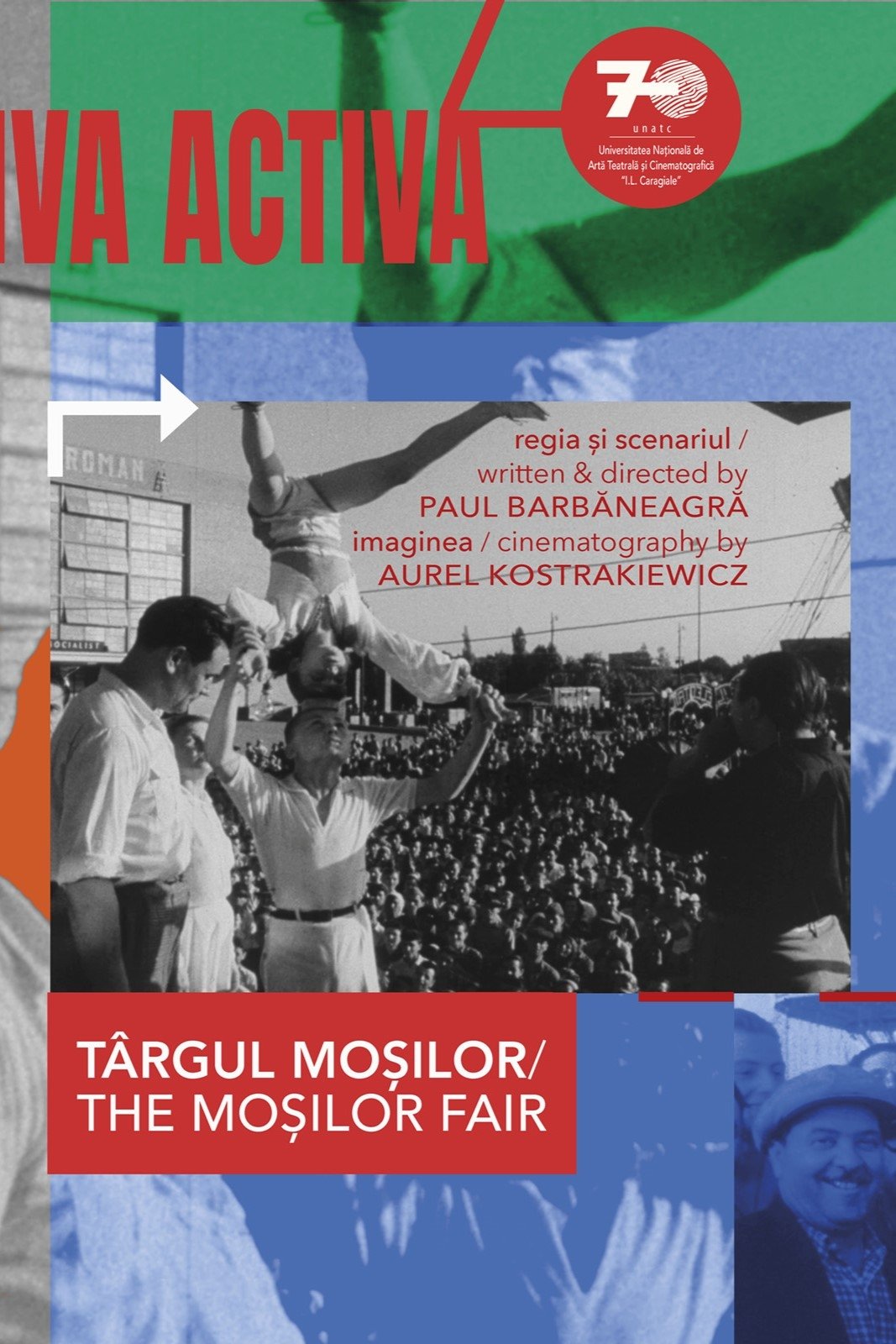
The Moșilor Fair (1957)
Overview
The Moșilor Fair is an exercise by a student director who used his film before he had managed to finalize the originally planned movie. The result is a fascinating experimental montage, without music or sound of any kind, showing details of a legendary fair in the capital.
Production Companies
Additional Info
| Budget | $0.00 |
|---|---|
| Revenue | $0.00 |
| Original Language | ro |
| Popularity | 0.0143 |
Directed By
Paul Barbăneagră
TOP CAST
Similar Movies
The Circus
Drawing upon a vast and richly visual archive and featuring a host of performers, historians and aficionados, this four-hour mini-series follows the rise and fall of the gigantic, traveling tented railroad circus and brings to life an era when Circus Day would shut down a town and its stars were among the most famous people in the country.
Prater
Vienna’s Prater is an amusement park and a desire machine. No mechanical invention, no novel idea or sensational innovation could escape incorporation into the Prater. The diverse story-telling in Ulrike Ottinger’s film “Prater” transforms this place of sensations into a modern cinema of attractions. The Prater’s history from the beginning to the present is told by its protagonists and those who have documented it, including contemporary cinematic images of the Prater, interviews with carnies, commentary by Austrians and visitors from abroad, film quotes, and photographic and written documentary materials. The meaning of the Prater, its status as a place of technological innovation, and its role as a cultural medium are reflected in texts by Elfriede Jelinek, Josef von Sternberg, Erich Kästner and Elias Canetti, as well as in music devoted to this amusement venue throughout the course of its history.
Cirque du Soleil: Quidam
A young girl has already seen everything there is to see and her world has lost all meaning. Her anger shatters her world and she finds herself in the universe of QUIDAM, where she is joined by a playful companion, as well as another mysterious character who attempts to seduce her with the marvelous, the unsettling and the terrifying.
Cirque du Soleil: Alegria
Alegría is a mood, a state of mind. The themes of the show, whose name means "jubilation" in Spanish, are many. Power and the handing down of power over time, the evolution from ancient monarchies to modern democracies, old age, youth - it is against this backdrop that the characters of Alegría play out their lives. Kings' fools, minstrels, beggars, old aristocrats and children make up its universe, along with the clowns, who alone are able to resist the passing of time and the social transformations that accompany it.
Cirque du Soleil : Saltimbanco
From the Italian 'saltare in banco' – which literally means 'to jump on a bench' – Saltimbanco explores the urban experience in all its myriad forms. Between whirlwind and lull, prowess and poetry, it takes spectators on an allegorical and acrobatic journey into the heart and soul of the modern city.
Cirque du Soleil: Varekai
Icarus is the main character of Varekai, who falls to the ground, breaking his legs as he does. He is suddenly in a strange, new world full of creatures he has never seen before. Parachuted into the shadows of a magical forest, a kaleidoscopic world populated by fantastical creatures, this young man sets off on an adventure both absurd and extraordinary.
Fast, Cheap & Out of Control
Errol Morris’s Fast, Cheap & Out of Control interweaves the stories of four men, each driven to create eccentric worlds from their unique obsessions, all of which involve animals. There’s a lion tamer who shares his theories on the mental processes of wild animals; a topiary gardener who has devoted a lifetime to shaping bears and giraffes out of hedges and trees; a man fascinated with hairless mole rats; and an MIT scientist who has designed complex, autonomous robots that can crawl like bugs.
The Story Of An Encounter
The Story of an Encounter is a documentary that captures the unexpected encounter between México and Cirque du Soleil creators in the mist of the creation of LUZIA, Cirque du Soleil next big top show. It is a cultural and intimate story of the meeting of creative minds seen through personal interactions and relationship building of the show creators. Filmed in Mexico City, Tijuana, Oaxaca and Montréal, this series features: Daniele Finzi Pasca (Co-author and Director of LUZIA), Patricia Ruel (Direction of Creation), Simon Carpentier (Composer), Eugenio Caballero (Set and Props Designer) as well as Majo Cornejo and Rodrigo de la Mora (Musicians).
Moravian Hellas
Karel Vachek’s graduate film offers us a documentary essay which is both a light-hearted and aggressive little piece and also a parody of investigative film journalism. The Strážnice folk festival, backed by the cultural Party apparatus of the time, for years had little to commend itself to authentic folklore. In the film the event assumes the form of a bizarre stage spectacle with almost surrealistic elements that Vachek reinforces with unconventional approaches (commentary appearing as titles on screen, singing, declamations into the camera, feature etudes, the fusion of news coverage and fiction). The result is a stirring film collage depicting various characters, from crowd-pleasers, Easter egg decorators, kitsch artists and peddlers, to museologists and local residents, all of whom come up against the eccentric "identical” twin reporters Karel and Jan Saudek and a bored actress who appears as an extra. Using their special blend of irony and wit, they present us with the sad truth.
A Farra do Circo
This documentary highlights the evolution of Brazil's Circo Voador venue from homespun artists' performance space to national cultural institution.
Artist Unknown
A short documentary on how people view art and its value in today's society.
Sara's Circus
Sara Greene is a 20-year circus industry veteran with a big dream—to start her own tented circus. As the summer moves along on Weirs Beach, Sara faces serious obstacles in fulfilling her dream, and in sharing that dream with her ailing step-mother, to whom her show was dedicated.
Mi Vida Me Pasa
Arturo Urbiola, independent singer/songwriter, talks about the influence music has had on his life, it's impact, and what's in store for his artistic career after becoming a father.
The Most Beautiful Corner in the World
A reporter for a fictional television station, originally from Ukraine, travels around Slovakia and asks people at memorable places questions about the nature of fascism and the soul of the Slovak nation. The documentary essay seeks to capture the shape of a society on the fringes of the political spectrum through the words spoken and the images of crowd scenes.
Henri-Georges Clouzot's Inferno
In 1964, Henri-Georges Clouzot's production of L'Enfer came to a halt. Despite huge expectations, major studio backing and an unlimited budget, after three weeks the production collapsed. This documentary presents Inferno's incredible expressionistic original rushes, screen tests, and on-location footage, whilst also reconstructing Clouzot's original vision, and shedding light on the ill-fated endeavor through interviews, dramatizations of unfilmed scenes, and Clouzot's own notes.
Timoteo's Fabulous Ragged Circus
The comedian Timoteo is the leader of a cross-dresser circus that has toured through Chile for forty years. Today his advanced age and health are reason for concern regarding the continuity of the show.
Who is Weary Willie?
"Who is Weary Willie?" explores the life of the once-famous circus character Weary Willie and his story tied to controversy and confusion over identity between his creator, Emmett Kelly Sr., and his son, Emmett Kelly Jr.
Escape 360
One man, one camera, one goal...to capture the essence of adventure. An experimental, often abstract new type of filmmaking process creating color rich visuals combined with a lush soundtrack that grounds the project. A unique cinematic experience.
Cirque du Soleil: Without a Net
As Cirque du Soleil reboots its flagship production, O, more than a year after an abrupt shutdown, performers and crew members face uncertainty as they work to return to their world-class standards in time for the (re)opening night in Las Vegas. With unfettered access, filmmaker Dawn Porter captures the dramatic journey of the world's most famous circus act on its way back from the brink.
